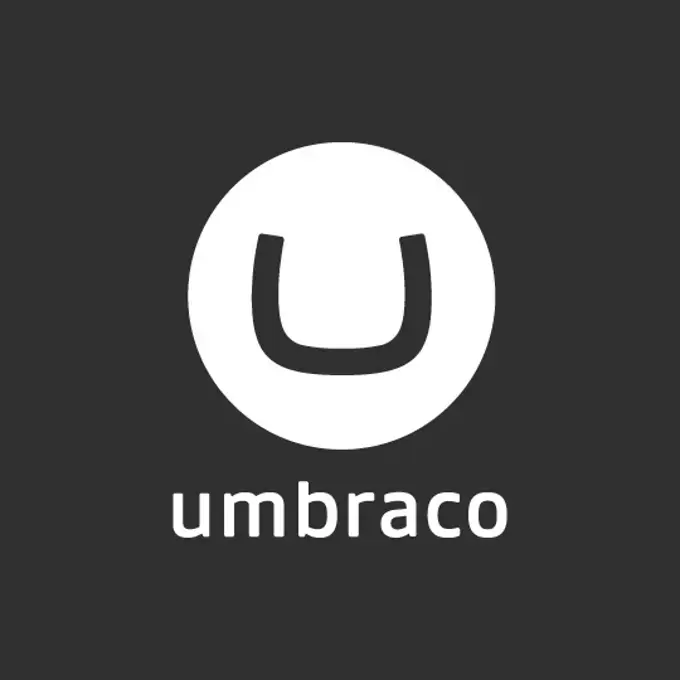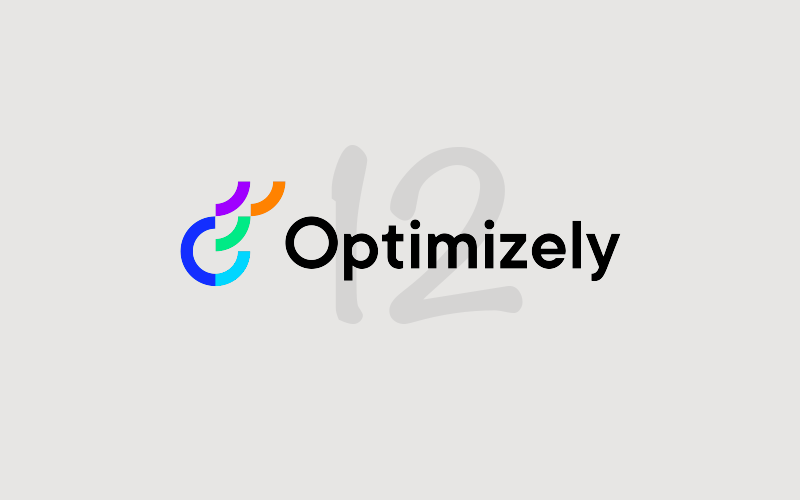What is Umbraco CMS?
Chris Osterhout SVP of Strategy#CMS, #Digital Strategy, #Umbraco

Migrating your content management system? Why not Umbraco? Learn about this .NET CMS and why it might be the right choice for your organization.
Umbraco CMS Overview
Choosing the right content management system (CMS) is an important decision for organizations seeking a balance between flexibility, reliability, cost-effectiveness, and ease of use. A good CMS can make digital operations smoother, while a poor choice can create inefficiencies and unnecessary complexity. Umbraco CMS stands out as a compelling choice for businesses looking to streamline their digital operations without breaking the bank. Although it has long been popular outside the United States, Umbraco is gaining significant traction within the U.S., positioning itself as a go-to solution for mid-market to lower-enterprise organizations.
Understanding Umbraco CMS
Umbraco is an open-source CMS built on the Microsoft .NET framework, which empowers businesses to seamlessly create, manage, and publish content across websites, intranets, and digital applications. Unlike platforms overloaded with seldom-used features, Umbraco focuses on delivering tools that drive real value in day-to-day operations. At its core, Umbraco is free to use, making it accessible to organizations of all sizes. Its simplicity and extensibility have made it the choice for businesses looking to avoid unnecessary overhead.
A Vetted Open-Source Platform with Commercial Backing
One of Umbraco’s unique advantages is its combination of open-source flexibility with commercial support. Umbraco developers enjoy a global community that allows them to continually contribute to its advancement, ensuring ongoing innovation and improvement. At the same time, its commercial backing ensures the platform is vetted, reliable, and supported by professional teams, creating a hybrid model that delivers both innovation and stability. This model gives businesses confidence in adopting Umbraco, knowing they can rely on expert assistance when needed.
Built on Trusted Microsoft Infrastructure
Umbraco’s foundation on the Microsoft .NET framework provides a significant advantage, particularly for organizations already using Microsoft technologies. Microsoft is synonymous with trust and reliability, and millions of organizations rely on its technologies for their most critical business applications. By building on this trusted infrastructure, Umbraco offers compatibility, security, and performance that meet the high standards expected by enterprise-level organizations. This not only ensures smooth integration with existing systems but also provides peace of mind in terms of support and longevity.
Growing Presence in the U.S. Market
While Umbraco has long been well-established in Europe and other parts of the world, its presence in the United States is rapidly expanding. More U.S.-based organizations are discovering the benefits of Umbraco, leading to a significant uptick in adoption. This growth indicates a shift in the market, as businesses seek alternatives that offer both flexibility and efficiency without the overhead of larger, more complex systems like WordPress or Sitecore. Umbraco’s cost-effectiveness and simplicity resonate with companies aiming to maximize their digital operations without compromising quality.
Cost-Effectiveness and Value
One of Umbraco’s standout features is its cost-effectiveness. At its base, Umbraco is free to use, lowering the barrier to entry for organizations looking to implement a robust CMS without significant upfront costs. This affordability extends to its add-on services, which are designed to provide extra value without the hefty price tags often associated with comparable solutions from other providers.
Value-Driven Add-On Services
Umbraco offers a range of add-on services, allowing organizations to expand their CMS as their needs grow. This composable approach means that businesses can scale Umbraco at their own pace, adding services only when they're ready to use them—an advantage over competitors who often bundle features and force businesses to pay for tools they don’t yet need. This flexibility is one of the reasons why Umbraco is trusted by brands all over the world to manage complex digital ecosystems.
- Umbraco Cloud: Provides a fully managed hosting solution, including automated upgrades and bug fixes, at a cost that is accessible to businesses of varying sizes.
- Umbraco Heartcore: A headless CMS option designed for organizations that need to deliver content across multiple platforms and devices efficiently.
- Umbraco Forms: Simplifies the creation of forms and data collection within your website, eliminating the need for third-party form builders.
- Umbraco Deploy: Adds reliable deployment capabilities to your setup, taking care of the deployment of schema, structure, and content between environments, making collaboration smoother.
- Umbraco Engage: This all-in-one marketing suite helps optimize user engagement by offering A/B testing, personalization, profiling, and analytics, helping businesses drive conversions and deliver tailored digital experiences.
- Umbraco Workflow: Ideal for larger organizations with multiple editors, this add-on allows you to design a customized approval process, ensuring controlled content management workflows.
- Umbraco UI Builder: Allows easy integration of custom database tables or external data sources into Umbraco, reducing the need for complex coding and offering a more streamlined way to handle external data.
By offering these services at competitive prices, Umbraco allows organizations to scale and enhance their digital presence without incurring prohibitive costs. This ensures that businesses can grow their online footprint without being bogged down by excessive financial commitments.
Flexibility and Speed to Market
When it comes to websites, the ability to adapt quickly is essential. Umbraco excels in providing a flexible platform that allows organizations to bring their digital initiatives to market faster. By focusing on essential features and streamlining workflows, Umbraco reduces the time and resources typically required to launch new projects. This agility enables businesses to respond promptly to market changes and customer needs, which is crucial in maintaining a competitive edge.
As your business evolves, Umbraco grows with you. Its modular design allows organizations to add features as their needs expand, without unnecessary costs or complexity upfront. This "pay-as-you-grow" approach lets you invest in new capabilities only when your business is ready to use them, avoiding the bloated software packages that some competitors offer, where many features go unused.
Deployment Options Tailored to Your Needs
Every organization has unique needs when it comes to digital operations, and Umbraco accommodates these through a variety of deployment options. Whether you prefer to maintain complete control over your servers or leverage cloud infrastructure, Umbraco has solutions to fit your operational requirements.
On-Premises Installation
For organizations that prefer full control over their environment, Umbraco offers an on-premises installation option. This allows businesses to manage their servers, security protocols, and compliance measures internally, providing a customized setup that aligns with their specific policies and infrastructure. This is ideal for industries that require stringent control over their data and systems, such as finance or healthcare.
Deploying in Your Cloud
If your organization has already embraced cloud infrastructure, Umbraco can be deployed within your existing cloud environment. This provides the flexibility to integrate Umbraco with your current systems and processes, allowing for seamless resource management and the ability to scale as needed. Whether you’re using AWS, Azure, or another cloud service, Umbraco’s cloud deployment option ensures compatibility and smooth operation.
Umbraco Cloud: A True PaaS Experience
For those looking for a more hands-off approach, Umbraco Cloud offers a fully managed Platform as a Service (PaaS) solution. Umbraco Cloud not only provides the necessary infrastructure and licensing but also handles CMS updates and patches automatically, ensuring that your platform remains secure and up to date. This level of service significantly reduces the operational burden associated with maintaining a CMS while offering a cost that is lower than many comparable services on the market.
What Sets Umbraco Cloud Apart?
The PaaS experience offered by Umbraco Cloud is designed to alleviate many of the operational headaches associated with managing a CMS. By automatically handling updates and patches, Umbraco ensures that your system is always running optimally without the need for dedicated maintenance staff. This high level of service, combined with an affordable price point, makes Umbraco Cloud a compelling option for businesses that want to focus on growth rather than technical upkeep.
User-Friendly for Editors and Developers
Umbraco developers love it for being developer-friendly due to its flexibility and extensibility, it’s equally user-friendly for content editors. The intuitive interface makes it easy for non-technical users to create and manage content without requiring extensive training. This accessibility encourages wider adoption within organizations, leading to increased productivity and collaboration across departments.
Empowering Content Editors
For content creators and marketers, Umbraco offers a straightforward, no-frills editing experience. Its clean and organized backend allows users to focus on what matters most—creating compelling content. Without the need to navigate complicated menus or deal with technical hurdles, content teams can work more efficiently, reducing the time from idea to publication and improving overall organizational output.
Umbraco's Ultimate Value
Umbraco CMS presents a robust, efficient, and user-friendly solution for organizations looking for a flexible content management system. Its combination of open-source innovation with commercial support, along with its foundation on the trusted Microsoft infrastructure, provides a reliable and cost-effective choice for businesses of all sizes. As it gains momentum in the U.S. market, more organizations are recognizing Umbraco’s unique value proposition: flexible deployment options, cost advantages, and a distinctive PaaS experience with Umbraco Cloud.
Moreover, Umbraco’s composable nature means you can start small and only adopt additional tools and services when your organization is ready for them, making it a scalable choice that grows alongside your business. This feature is why Umbraco is trusted by organizations of all sizes and across industries worldwide to manage their digital content efficiently and affordably.
Whether you're a marketer looking to streamline content delivery or an IT professional seeking a dependable, adaptable platform, Umbraco CMS provides the tools and support necessary for success in today’s digital landscape.
Related Posts

Navigating an Optimizely CMS 12 Upgrade
Learn why an Optimizely CMS 12 upgrade needs detailed planning, efficient resource allocation, and an understanding of your organization's capabilities.

Cloud CMS Migration: Costs, Benefits & Insights
Migrating to a cloud CMS platform represents a strategic (and necessary) investment in the future of digital content management. Here's what you need to know.
Results Matter.
We design creative digital solutions that grow your business, strengthen your brand and engage your audience. Our team blends creativity with insights, analytics and technology to deliver beauty, function, accessibility and most of all, ROI. Do you have a project you want to discuss?
Like what you read?
Subscribe to our blog "Diagram Views" for the latest trends in web design, inbound marketing and mobile strategy.

